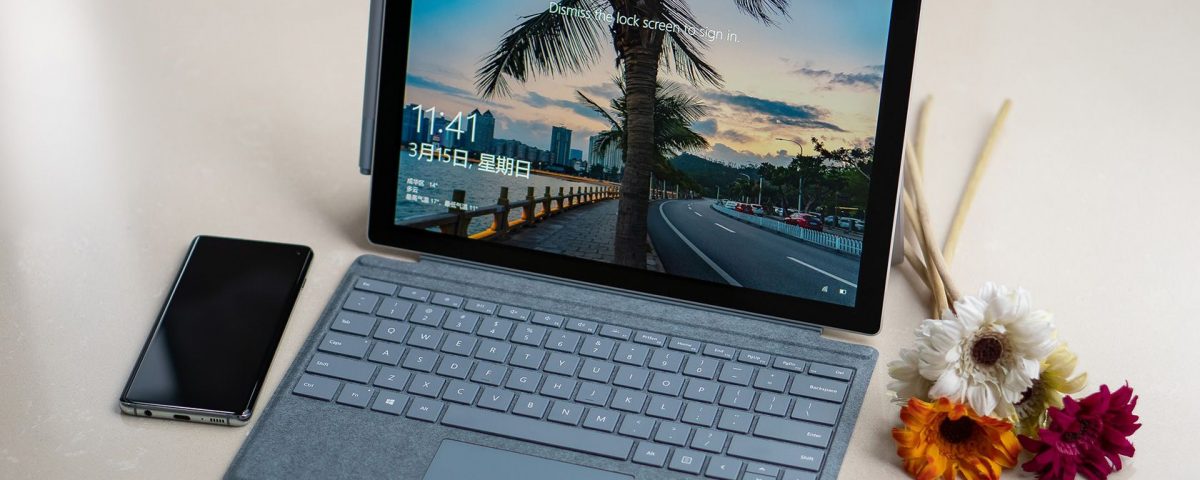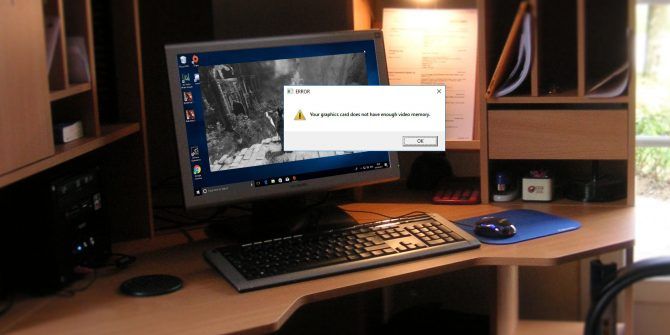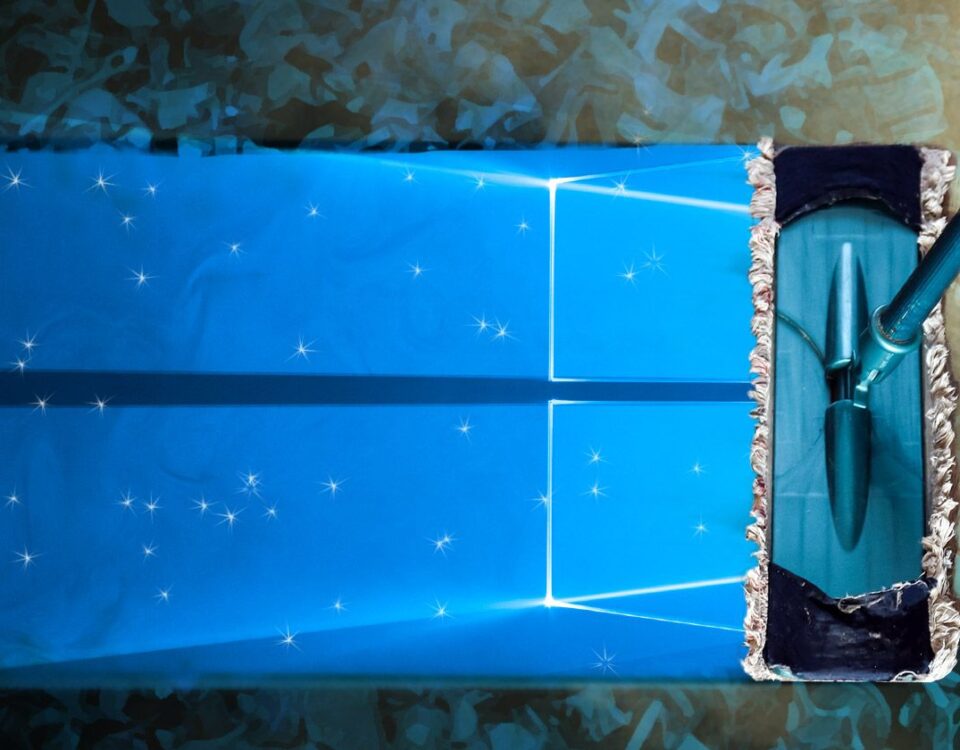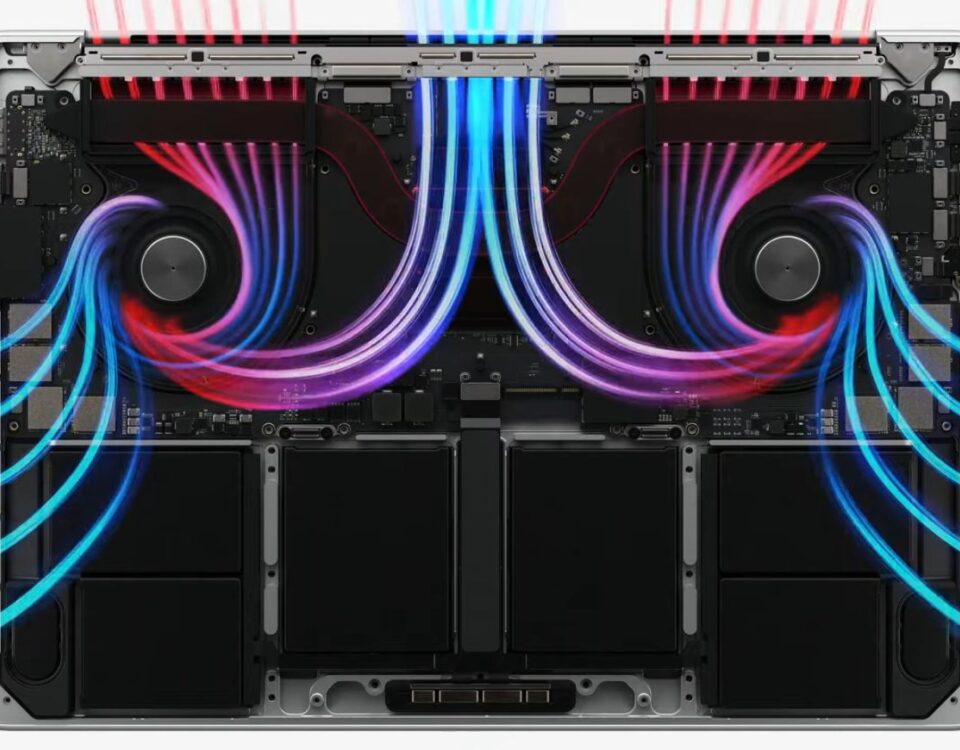
How to Set the Default Printer in Windows 10
14 febrero, 2021
Apple’s Force Touch, 3D Touch, and Haptic Touch Explained
14 febrero, 2021How to Make and Recieve Calls In Windows 10

Cómo hacer y recibir llamadas en Windows 10
Thanks to Microsoft’s Your Phone app, you can now make and receive phone calls from your Windows 10 computer. These are regular phone calls that you can make with your Android device via your Windows 10 machine.
This guide teaches you how to set Your Phone up in such a way that you can handle your Android phone’s calls in Windows 10.
Requirements to Make and Receive Calls In Windows 10
Your devices must meet the following minimum requirements to use the calling feature.
1. Windows 10 May 2019 Update
To use the call feature on your PC, you must have the Windows 10 May 2019 (19H1) update or later installed on your computer.
If you’re unsure which version of Windows you’re using, head into Settings > System > About on your computer and look towards the Version field. The first two digits in your version represent the year, and the last two digits tell you the month of the update.
If you need to update your PC, head into Settings > Update & Security, and click Check for updates. Use the Windows 10 update troubleshooter if you have issues with your updates.
2. Bluetooth Support
Both your phone and your PC must have Bluetooth enabled. The Your Phone app utilizes this wireless feature to let you make and receive phone calls on your computer.
Most Windows 10 laptops come with the Bluetooth feature, so you shouldn’t have any issues. However, if yours doesn’t have the feature, you can actually easily add Bluetooth to any computer.
3. Android 7.0 or Later
Currently, you can’t use an iOS device to make and receive calls on your PC. You must use an Android device for this calling feature.
Your Android device must run Android 7.0 or later. If you aren’t sure about the Android version on your phone, head into Settings > About phone, and you’ll see your current OS version.
How to Configure Windows 10 to Make and Receive Calls
You need to configure Your Phone on both your Android device and your computer before you can start making calls.
There are several steps to configuring Windows 10 for calls on your PC:
- Download and install Your Phone on your PC. Check your programs list first in case the app is already installed.
- Install Your Phone Companion on your Android device from the Google Play Store.
- Launch Your Phone on both your PC and your phone. Connect both your devices to the same Wi-Fi network.
- In Your Phone on your PC, select Android and then click Continue. You’ll see a QR code on your screen.
- On your Android phone, tap Is there a QR code on your PC in the app, then point your phone to the QR code on your PC and scan the code.
- Click Done on your PC.
- Now, switch to your Android device and tap Continue on your phone.
- Tap Allow to let Your Phone view your saved contacts, make and manage your phone calls, access your files, and view your messages, then select Continue.
- Tap Allow in the prompt to allow the app to run in the background on your phone, followed by Allow again and then Done.
- On your PC, tick Pin app to taskbar to add Your Phone to your taskbar. Then, click Get started.
- Click Make a call on the resulting screen.
- Hit Get started to configure the call option in Your Phone on your PC, then hit Set Up to begin the call setup.
- You’ll receive a permission prompt on your phone. Tap Open followed by Allow in the prompt.
- A Bluetooth pair code will appear on your phone. Tap Pair.
- A Bluetooth pair code also appears on your PC. Click Yes to continue.
- To view your call log on your PC, click Send permission in the app on your PC.
- Accept the permission by tapping Allow on your phone.
How to Make a Call From Your Windows 10 PC
Now that Your Phone is configured on both your devices, let’s test it out.
To place a call using Your Phone on your PC:
- Launch Your Phone on your computer.
- Click your phone in the left sidebar.
- Select Calls in the menu.
- A dialer appears on the right. Enter the number you want to call and click the call key at the bottom.
Receive an Incoming Call on Your Windows 10 PC
When your Android phone gets an incoming call, a notification about that appears on your computer. You can then choose to accept or decline the call right on your PC.
How to Configure Calls In an Already-Installed Your Phone App on Windows 10
If Your Phone is already installed on your PC, you don’t need to configure some of the options described above. Instead, you just need to configure and enable the calling feature.
You can do that by launching Your Phone on your PC and your phone, selecting your phone in the app on your PC, and clicking the Calls option. The app then walks you through the steps to set up the calling feature.
How to Reset the Your Phone App on Windows 10 and Android
If Your Phone ever stops working or doesn’t work the way it should, you can reset the app on both your PC and your phone and see if that fixes the problem.
Reset Your Phone on Android
Resetting Your Phone doesn’t require you to uninstall the app. You simply need to delete the app’s data, and that should reset it.
Here’s how you do that:
- Head into Settings > Apps & notifications on your phone.
- Find Your Phone Companion in the list, and tap it.
- Tap Storage & cache.
- Tap Clear storage followed by Clear cache.
- Open the app to reconfigure it.
Reset Your Phone on Windows 10
On your Windows 10 PC, you need first to unlink your phone from your computer. Then, you can reset the app.
To unlink your phone:
- Launch the Settings app.
- Click Phone.
- Select the Unlink this PC option.
To reset Your Phone:
- Access the Settings app.
- Click Apps.
- Find and click on Your Phone.
- Select Advanced options.
- Click the Reset button.
Start Making Phone Calls on Windows 10
With Your Phone, you can now bring your Android device’s native calling feature to your Windows 10 computer. As described above, simply link your phone with your computer, and you’re ready to start making and receiving calls on your PC.
If you can’t get Your Phone to work for some reason, there are actually many other apps you can use to make internet calls from your computer. Most of these apps work like how Skype does and let you place and receive calls on your desktop computer.
About The Author






